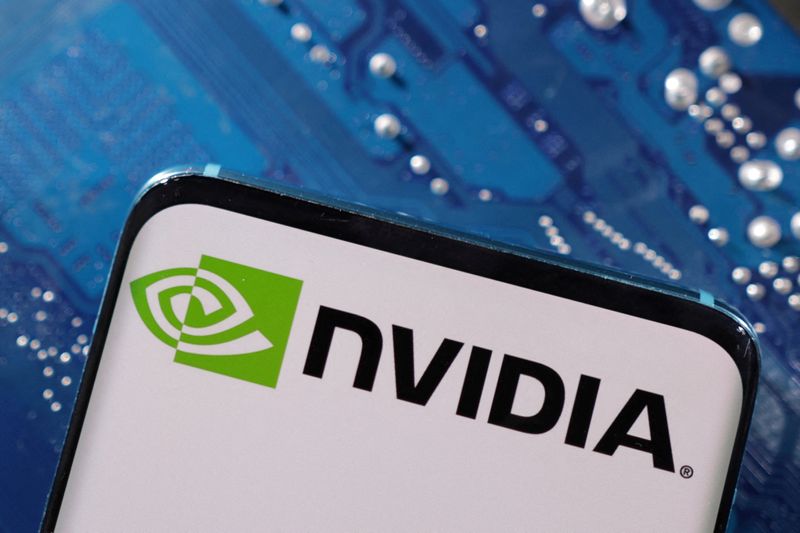Vishay Intertechnology Gains on Nvidia Supply Chain Role
On Wednesday, shares of Vishay Intertechnology (NYSE:VSH ) continued to climb for the second consecutive day after receiving positive remarks from industry analyst Ming-Chi Kuo. The company has been identified as a significant beneficiary within Nvidia (NASDAQ:NVDA )'s supply chain for AI servers and the upcoming RTX 50 series graphics cards. Vishay's involvement includes the provision of key components such as MOSFET/DrMOS, vPolyTan capacitors, current shunt resistors, transient voltage suppressors, and Schottky barrier diodes.
The analyst's research highlighted Vishay's strategic wins, including securing orders for Nvidia's Blackwell AI servers and RTX 50 series graphics cards. Vishay's MOSFET and vPolyTan components, in particular, were noted for their importance. For instance, Nvidia has opted for a combination of Renesas controllers and Vishay MOSFETs for the 8kW power supply in the GB200 NVL72/36, replacing previous suppliers Flextronics and Delta, and displacing Infineon (OTC:IFNNY ) as the MOSFET provider.
Similarly, for the 2kW power supply used in Nvidia's DGX/HGX servers and the GB200 NVLink Switch (NYSE:SWCH ), Nvidia has transitioned to using Vishay's MOSFETs, in collaboration with controllers from ADI and Renesas, moving away from modules provided by MPS and Delta. This change signifies Vishay's growing prominence in Nvidia's supply chain.
Looking ahead to 2025, Vishay is set to commence mass production as a new DrMOS supplier for Nvidia's anticipated RTX 50 series graphics cards in the first quarter of the year. This engagement is expected to fully load Vishay's current MOSFET production capacity and is projected to contribute approximately 20–30% of the company's revenue, with a higher-than-average gross profit margin.
Furthermore, Vishay's vPolyTan capacitors, primarily the T55, are already in high demand for 2025, indicating potential supply shortages. These components are anticipated to account for a significant single-digit percentage of revenue, with substantially higher-than-average gross margins.
The company's strategic initiative, termed Vishay 3.0, is poised to capitalize on the strong demand for Nvidia's AI servers and the new RTX 50 series, alongside opportunities in the rebounding automotive sector and the expanding IoT market. The analyst's findings suggest that Vishay's growth trajectory is robust, driven by the successful implementation of its Vishay 3.0 strategy, with meaningful results expected to materialize in 2025.
This article was generated with the support of AI and reviewed by an editor. For more information see our T&C.
Source: Investing.com
